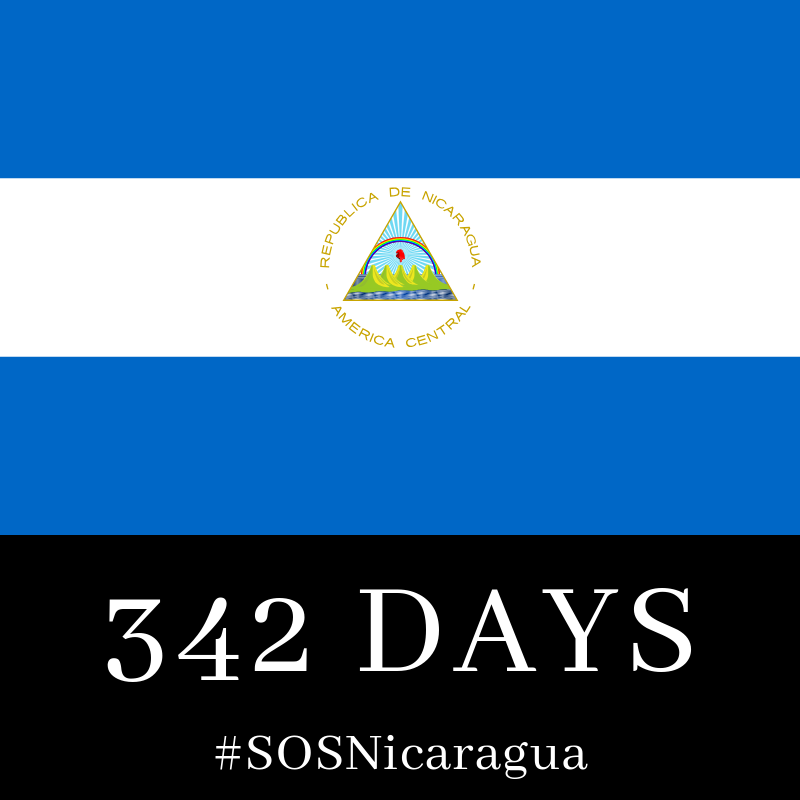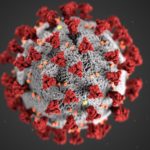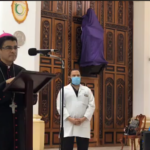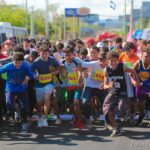Negotiations between the Ortega-Murillo administration and the Alianza Civica resumed on Monday, and while not a single political prisoner has been released nor civil liberties restored, Jose Pallais says that progress has been made.
Pallais, who is part of the Alianza’s negotiating team, told local press that the protocol for the release of prisoners has been approved already. Now, the parties are just waiting for the arrival of an International Red Cross delegation, expected as early as Wednesday.
The protocol, which no one outside of the negotiating teams have seen, would set the official procedures for the release of the prisoners. That would most likely include a time table, an official list of prisoners to the released, procedures to expunge their files and annul trials, and guarantees for their safety and security.
Releasing OrMu’s political prisoners would be the largest endeavor of the kind since Sapoa Agreement of 1988. At the time, the Sandinista government acknowledged the existence of over 3 thousand prisoners, a number that was corroborated by the International Red Cross via census. However, the Comision Permanente de Derechos Humanos (CPDH) estimated the number as much higher, at over 8 thousand prisoners who were mostly held within facilities that were not visited by the International Red Cross.
The Inter American Commission on Human Rights documented these discrepancies in their annual report for 1988.
The Sapoa Agreement set conditions and a timeline for the release of prisoners. Accordingly, the Sandinista government would free 100 prisoners on Palm Sunday of 1988 (March 27), to honor “the religious sentiments of the Nicaraguan people.” After this initial release, fifty percent of the remaining prisoners would be let go when the Contra had relocated into “mutually accorded zones,” and the remainder would be freed upon signing the final agreement, on April 6, 1988.
Unlike then, though, the Alianza and the Ortega-Murillo team are not negotiating the end of hostilities between two armed sides. They are dealing with what amounts to a hostage situation, wherein the Ortega-Murillo government is holding prisoners as leverage and/or in an effort to avoid losing face with the base.
The Ortega-Murillo administration has spent month criminalizing and stigmatizing prisoners as terrorists, coup-mongers, and even demonically-possessed.
Caught in the middle of the negotiations are hundreds of human beings.
Over 300 of these human beings have been protesting at the Modelo Prison since March 22, when they broke through the ceiling of Galleries 16 and 17. Unlike the previous protest, on March 8, the prisoners have not been violently beaten. However, according to the CPDH, prison guards have isolated the protesting prisoners. La Prensa reported that they have been without food or water since Saturday.
Las protestas de los presos políticos en La Modelo continuarom hoy 24/03. Cantaron el himno nacional, gritaron consignas y sonaron las latas que tienen como techo. #SOSNicaragua pic.twitter.com/ipmCTcDXHn
— Wilmer Benavides Fonseca (@chepitillo1) March 25, 2019
There have been nor further updates on the situation at the Modelo. However, harassment against excarcelated prisoners has been reported. At least two prisoners, Bryan Aleman and Eyner Lopez, have been taken back to prison. Aleman is accused of attempted murder against an alleged paramilitary. Eyner Lopez, on the other hand, was seized in the early hours of Tuesday morning, when the Police came into his home looking for weapons. He is accused of robbing a gas station. According to Lopez’ lawyer, the search was conducted without a warrant.
El operativo fue realizado a eso de las 4 de mañana de hoy martes sin ninguna orden de captura los uniformados llegaron en busca armas posteriormente se llevaron preso a Eyner, quien ahora es señalado del robo a la gasolinera de Rubenia, segùn señalaron familiares.#SOSNicaragua pic.twitter.com/nbraFuobvq
— Trinchera de la Noticia (@LaTrincheraNic) March 26, 2019
Actions like those against Aleman and Lopez erode any credibility that the Ortega-Murillo government could have had, and are one of the several reasons why organizations like UNAB, the CPLPP, and others are highly critical of the process at the INCAE. These organizations continue demanding a prompt release of prisoners and the participation of the IACHR as a guarantor to the process.
Comunicado #24
LIBERTAD A NUESTRAS PRESAS Y PRESOS POLÍTICOS Y GARANTES INTERNACIONALES#UnidadNacional pic.twitter.com/snZFx8L6iw
— Unidad Nacional Azul y Blanco (@UnidadNic) March 26, 2019
The negotiators’ definition of progress has yet to match the reality on the ground, or the demands of most Nicaraguans.




